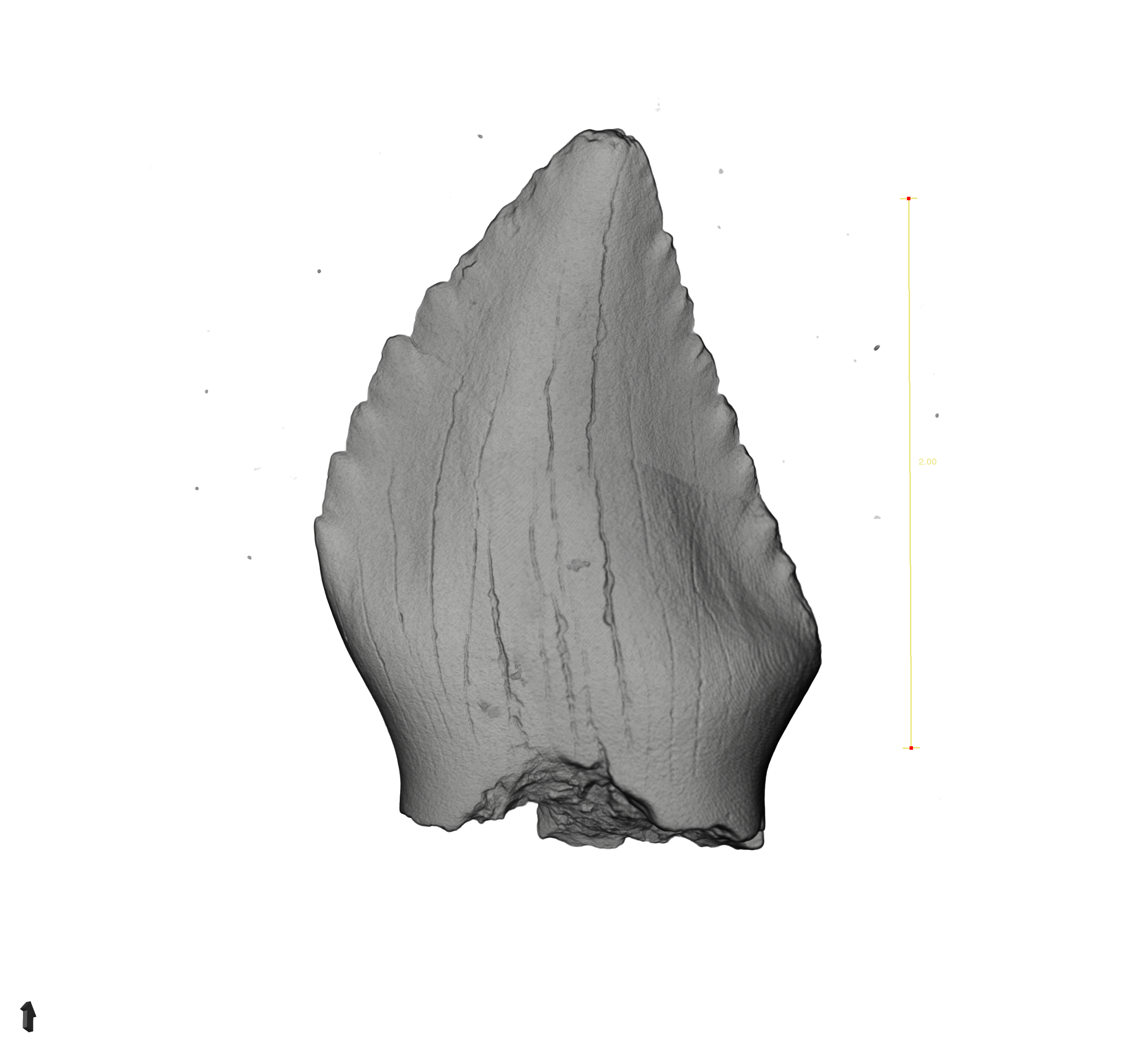
Isolated UK Bathonian ornithischian teeth
Project
ID: 000556869
Public
CT scans and 3D models of isolated ornithischian teeth from Woodeaton & Kirtlington quarries (Oxfordshire), Hornsleasow quarry (Gloucestershire) and Watton Cliff (Dorset). Current research suggests ornithischians originated in the Middle to Late Triassic, achieving global dominance, with the Middle Jurassic a pivotal period in which the clade underwent rapid diversification and radiation. However, fossils of Middle Jurassic ornithischians are rare, with few named taxa and numerous occurrences of isolated teeth with disputed identifications. Here, we apply detailed morphological comparisons, to a suite of isolated ornithischian teeth from Bathonian microvertebrate sites in the UK, to assess the taxonomic affinities of the teeth. Undertaking these morphological comparisons has revealed a hitherto unknown, and highly diverse, ornithischian fauna from these sites which significantly increases the known diversity of ornithischian dinosaurs from this time period in the UK. The comparisons indicate the presence of six distinct ornithischian morphotypes: an indeterminate ornithischian, a heterodontosaurid, two indeterminate thyreophorans, a stegosaur and an ankylosaur. These results confirm the predictions made by phylogenetic studies that Ornithischia rapidly diversified in the Middle Jurassic, fill in temporal gaps in lineages and include one of the oldest global occurrences of stegosaurs. In addition, the mixture of non-eurypodan and eurypodan morphotypes identified here suggests that not only did non-eurypodans survive until at least the Middle Jurassic but they also co-existed in close temporal and spatial proximity with early eurypodans.
DESCRIPTION
CT scans and 3D models of isolated ornithischian teeth from Woodeaton & Kirtlington quarries (Oxfordshire), Hornsleasow quarry (Gloucestershire) and Watton Cliff (Dorset).
Current research suggests ornithischians originated in the Middle to Late Triassic, achieving global dominance, with the Middle Jurassic a pivotal period in which the clade underwent rapid diversification and radiation. However, fossils of Middle Jurassic ornithischians are rare, with few named taxa and numerous occurrences of isolated teeth with disputed identifications. Here, we apply detailed morphological comparisons, to a suite of isolated ornithischian teeth from Bathonian microvertebrate sites in the UK, to assess the taxonomic affinities of the teeth. Undertaking these morphological comparisons has revealed a hitherto unknown, and highly diverse, ornithischian fauna from these sites which significantly increases the known diversity of ornithischian dinosaurs from this time period in the UK. The comparisons indicate the presence of six distinct ornithischian morphotypes: an indeterminate ornithischian, a heterodontosaurid, two indeterminate thyreophorans, a stegosaur and an ankylosaur. These results confirm the predictions made by phylogenetic studies that Ornithischia rapidly diversified in the Middle Jurassic, fill in temporal gaps in lineages and include one of the oldest global occurrences of stegosaurs. In addition, the mixture of non-eurypodan and eurypodan morphotypes identified here suggests that not only did non-eurypodans survive until at least the Middle Jurassic but they also co-existed in close temporal and spatial proximity with early eurypodans.